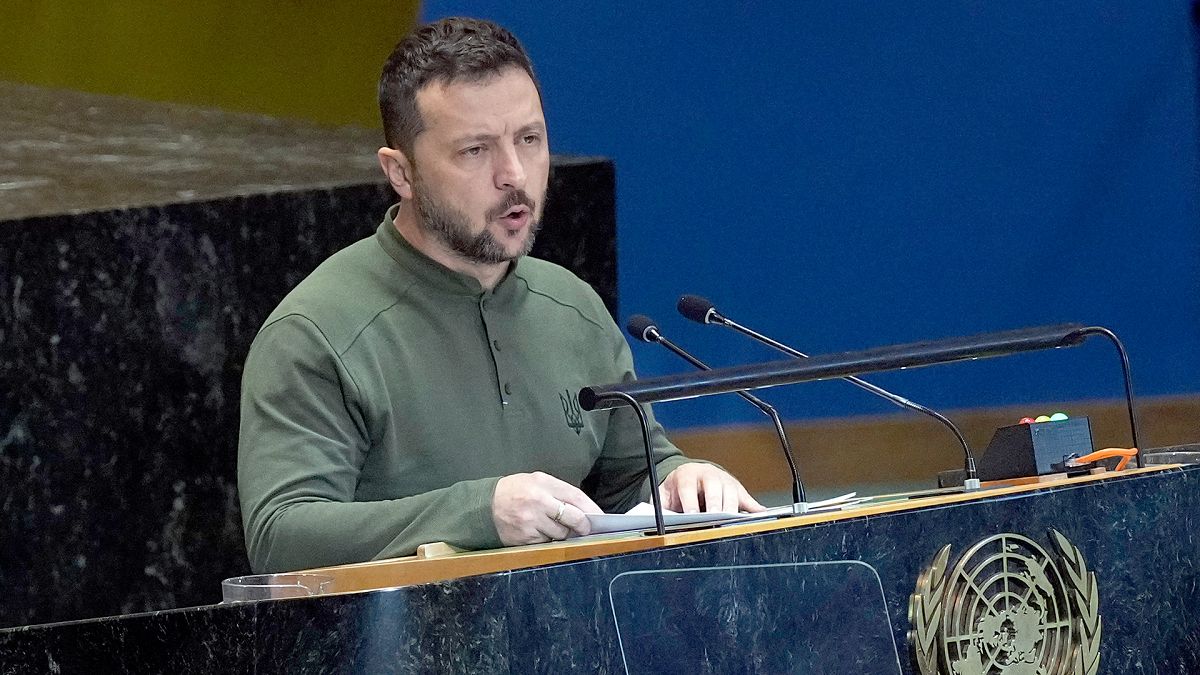Ukrainian President Volodymyr Zelenskyy has been pushing for Western support, including the ability to use Western weapons in Russian territory as part of his “victory plan.” However, experts are sceptical that the Kremlin is willing to negotiate on genuine terms any time soon, with Russia showing increased aggression in the Donbas region. Despite months of lobbying, Zelenskyy has not yet made the case for using Western weapons in Russian territory, as this could be seen as too provocative by Putin and could lead to serious escalation.
Zelenskyy’s plan includes using military support to maintain territory inside Russia’s Kursk region, which he plans to use as a bargaining chip for future territorial negotiations with Moscow. He is expected to present this plan to US President Joe Biden this week, hoping for quick decisions from Western partners. However, it is unlikely that Biden will agree to allowing strikes inside Russia, as he has been clear about the limits of aid provided to Ukraine. Zelenskyy may have to exert pressure and negotiate to get at least some of what he is asking for.
The urgency for this offensive plan is driven by the potential change in the White House administration, with concerns about a less sympathetic approach from a Trump-Vance administration. The plan is designed to be implemented from October to December, with the goal of not delaying the process. Zelenskyy also sees this plan as a bridge to a second peace summit, potentially inviting Moscow by the end of the year. He plans to share the plan with the US Congress and both presidential candidates, Kamala Harris and Donald Trump.
Experts believe that Russia’s aggression and lack of willingness to negotiate make it difficult for Zelenskyy to achieve his goals through Western support. The focus on offensive tactics and the demand to use Western weapons inside Russian territory may not be feasible given the risks involved. Building a coalition of support from Western partners, including the US, will require careful negotiation and understanding of the limitations imposed on aid to Ukraine. Zelenskyy may have to adjust his expectations based on the political landscape and the potential change in the White House administration.
Despite the challenges, Zelenskyy remains hopeful that his plan will receive some level of support from Western allies. He is aware of the difficulties and slow progress in negotiations with Biden but is prepared to push for at least some concessions. The plan aims to secure territorial gains and strengthen Ukraine’s position in future negotiations with Russia. Zelenskyy’s diplomatic efforts will be crucial in navigating the complex geopolitical landscape and building a coalition of support to address the ongoing conflict in the region. The success of his plan will depend on the willingness of Western partners to engage and the ability to navigate the changing political dynamics in the United States.











